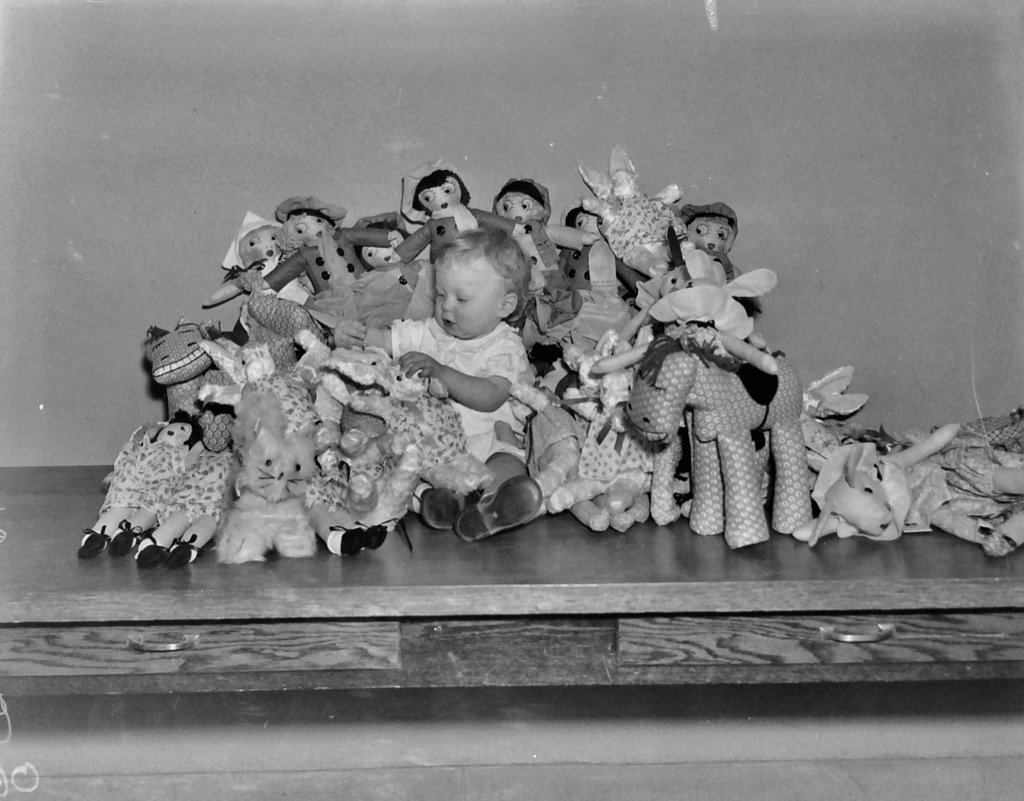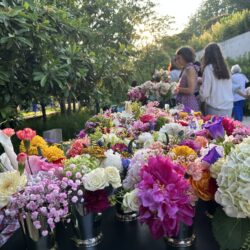
Kaufman’s Brooklyn: Eight photos of ‘Public service organizations: special focus’

My father, Irving Kaufman (1910 – 1982), was a professional photographer who started in Brooklyn in the mid 1930s working for the Brooklyn Daily Eagle. He captured thousands of images of Brooklyn through the 1950s. I have recently digitized a great many of them. My father’s profile can be found here.
This week’s theme:
This week’s photos display activities of service organizations that focused on specific constituencies and their unique needs. The organizations were privately funded and run, with minimal government support.
Again, I’m highlighting four organizations. The first is the Industrial Home for the Blind (IHB), an independent (later incorporated) organization that provided a full range of services to people who were blind or deaf-blind.
Working with the IHB, for a time in the mid- and late 1930s, was the Association for Improving the Condition of the Poor (AICP). The AICP supported the work of other charitable organizations in a variety of ways. Their work with the Home for the Blind in this period inlcuded help selling products and adding to the products available in special fundraising activities.
The joint efforts of these two groups were quite extensive. I’ll be featuring them for the first three days this week. On Thursday and Friday I’ll add a few images from two other groups: the Menorah Home for the Aged and the Brooklyn Hebrew Society of the Deaf. Rather than a different organization each day, I’ll show a different topic each day: products, skills, sales, activities and support.
Today’s photos:
Today’s photos will feature the products created by the workers at The Industrial Home for the Blind. These products were sold through various outlets, many at the Gates Avenue home, others in shops throughout Brooklyn. They were also sold at an annual event called “The Week for the Blind” which, at least a few times in the late 1930s, was held at — you guessed it — the Hotel St. George. For these yearly attractions, the AICP participated with its own products, sales people and even models. The success of these sales went a long way toward self-sufficiency for the IHB and its workers.



Products for young ones to play with or wear, spring 1936
The stuffed toys were probably produced by the blind, though I couldn’t confirm that. The children’s wear, no doubt, came from the AICP.


Products for cleaning and comfort, skills for the blind, spring 1936
In addition to this standard broom, the IHB also produced a variety of sweepers, mops and other cleaning instruments. Though not yet completed here, the cane chair was one of the specialties of the IHB and this is the best image I have of it.



Products for women to wear, spring 1936
Nightgowns, casual wear and even uniforms. These items were supplied by AICP, but the last photo, with the broom, reveals a joint effort with the blind craftsmen.
An index of Kaufman’s Brooklyn posts may be found here.
Irving Kaufman’s profile may be found here.
I invite you to submit comments, memories, images of Brooklyn, and especially any additional background information you can supply about the photos posted here to [email protected]. I’d also be glad to supply information about buying prints of any of the images seen here. Many of my father’s images are also available for viewing and purchase at https://yourartgallery.com/irvingkaufmanstudios. All prints purchased will be the product of professional scanning and editing.
Weekly collection 18: Photos of ‘Public service organizations: special focus’
Leave a Comment
Leave a Comment





